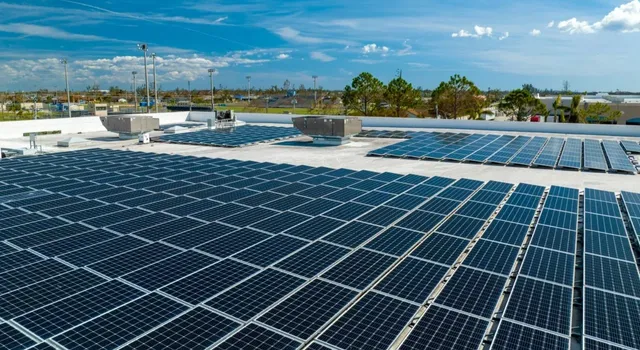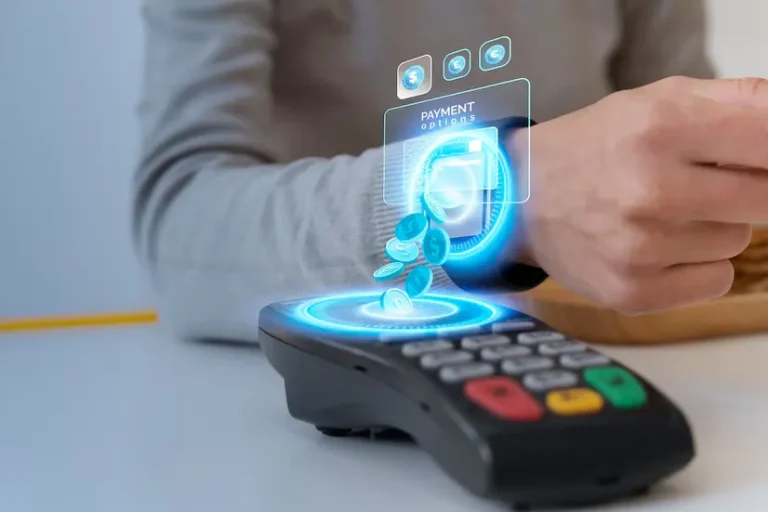How Modern Communication Devices are Bridging Global Distances
Advancements in communication technology have transformed how we connect, enabling global collaboration at unprecedented levels. Whether you’re a remote worker attending a virtual meeting, an emergency responder coordinating rescue efforts, a global traveler staying connected in remote regions, or an international business running operations across borders, modern communication devices are the backbone of effective and efficient interaction.
This blog explores how modern communication tools are effectively bridging global distances, from mobile devices to satellite technology. Along the way, we’ll highlight the significant impact these innovations have made across different industries and scenarios.
The Evolution of Communication Devices
Modern communication technology has come a long way from landline phones and fax machines. Today’s devices range from smartphones and laptops to specialized tools like satellite hotspots.
Early Milestones
The invention of mobile phones in the 1970s set the stage for portable communication. By the late 1990s, the advent of internet-enabled devices provided a new way to share information, ushering in cloud computing and instant messaging.
The Dominance of Smart Technologies
Fast forward to today, and smartphones dominate as versatile tools capable of handling video calls, emails, translation apps, and even augmented reality. For everyone from remote employees to international travelers, these advanced gadgets have made life more manageable and productive.
How Communication Devices Are Closing the Distance
Modern communication tools have fundamentally changed the way we interact with distant places and people. Below are some of the key areas where these devices make a significant impact.
1. Remote Work Transformation
The rise of remote work owes much to modern communication technology. Tools like Zoom, Slack, Microsoft Teams, and Google Meet allow employees from across the world to collaborate seamlessly. Smartphones and laptops also ensure workers can stay connected through high-speed internet wherever they go.
For example:
- Video conferencing eliminates the need for face-to-face meetings, promoting cost savings and flexibility.
- Cloud-based project management tools keep teams aligned regardless of location.
2. Supporting Emergency Responders
When disaster strikes and conventional communication networks fail, emergency responders rely on devices like satellite phones and hotspots. These tools ensure responders can coordinate effectively even in areas with little to no infrastructure or cellular coverage.
- Satellite communication enables real-time coordination in remote regions.
- GPS services integrated with smartphones help track resources and personnel during emergencies.
3. Global Travel Made Easier
Frequent flyers and adventure seekers face unique connectivity challenges. Thankfully, portable Wi-Fi devices, international SIM cards, and satellite hotspots are making it simpler to stay connected in even the most remote places.
For instance:
- VPN services allow secure communication over public Wi-Fi networks.
- Satellite-based devices enable global connectivity where cellular signals are unavailable.
4. Revolutionizing International Business Operations
For multinational corporations, quick and efficient communication ensures smoother operations. Tools like cloud collaboration platforms and sophisticated conference technologies allow companies to manage global teams and penetrate new markets.
- Real-time translation apps bridge language barriers.
- Streamlined communication reduces delays in decision-making, increasing company efficiency.
5. Bridging Rural and Underserved Areas
Some communities still lack access to conventional infrastructure. Deploying connectivity through satellite services, mesh networks, and affordable mobile solutions closes the digital divide.
Key technologies include:
- Low-earth orbit satellites that extend coverage to the most isolated areas.
- Affordable handsets that make communication accessible to all.
The Role of Satellite Technology in Global Connectivity
When cellular and broadband networks fail to reach certain locations, satellite technology steps in as a reliable alternative. Devices like satellite hotspots allow users to access the internet, send emails, and even join video calls from remote places.
Advantages of Satellite Technology
- Accessibility: Satellites provide coverage in areas without cellular towers, such as mountainous, remote, or disaster-stricken regions.
- Reliability: Equipped to handle severe weather or low network availability, satellite communications ensure continuous connectivity.
- Scalability: Networks can accommodate more users without compromising speed or quality.
Organizations like emergency services, research teams, and travelers often rely on satellite technology for uninterrupted communication.
Overcoming Communication Challenges
While we’ve made great strides, some aspects of communication technology still pose challenges, such as:
- Cost: Satellite and high-end devices are still financially out of reach for many users.
- Security: The rise of connectivity also increases cybersecurity risks.
- Adoption Gap: Not all users are equally adept at using emerging technologies.
Addressing these issues requires a combination of affordable innovations, user training, and better security measures.
Looking Ahead
The future of communication devices lies in even more advanced and integrated solutions. From AI-driven personalization to space-based networks such as Starlink expanding global internet access, the possibilities are limitless.
For professionals, businesses, and travelers, these advances will continue transforming the way we interact, making the dream of a fully connected global society closer to reality than ever before.







